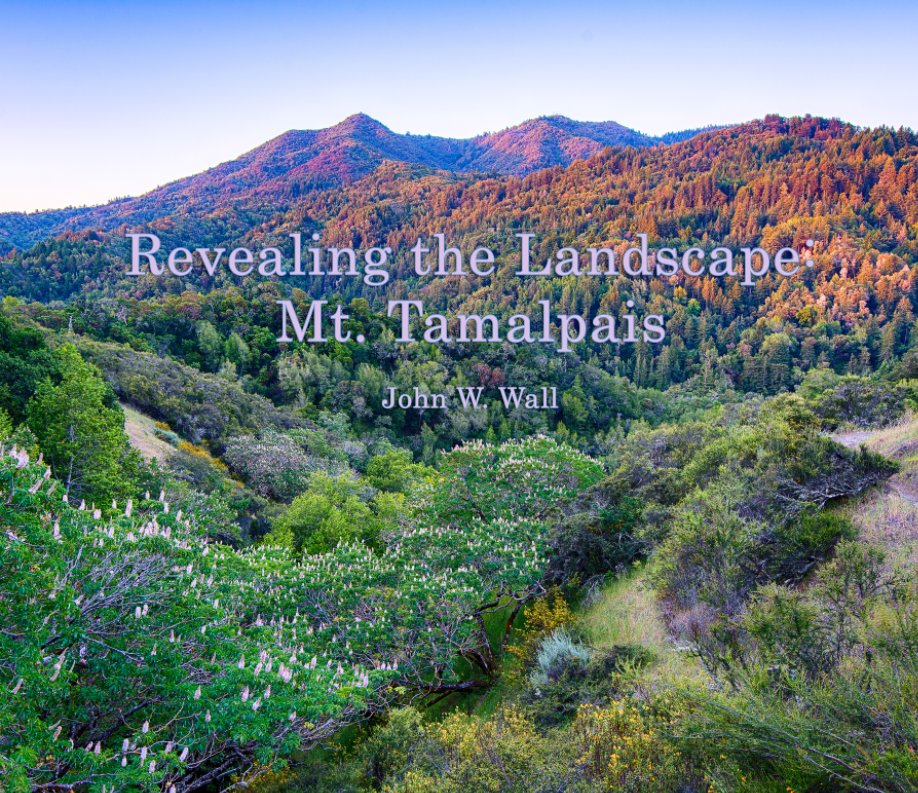 |
| Bison in the Green |
We left town just ahead of the Bay Area's late-November heavy rains. Before we left, my urban walking routes were still full of last year's grass remnants, brown and sparse. Fast-forward a little more than a week, and the brown has completely disappeared, almost like a magic trick. In its place, fresh green grass sprouts all along the Sunset Parkway and the trails in Golden Gate Park. A whole new season has begun. Today I even caught a pair of red-shouldered hawks hooking up in a tree above Mallard Lake.
At Elk Glen Lake I was told the yellow-bellied sapsucker had been seen just yesterday, but I didn't see it today. A little kinglet had the whole oak tree to itself. In the air above the lakeside tule rushes, clouds of midges hovered in the sunbeams as hummingbirds gobbled them up -- further sign of a greening new season.
Speaking of going green, I've been watching a series called Landman, with Billy Bob Thornton playing a gritty, funny, seen-it-all manager of an independent oil production company in Texas. I like the Hollywood realism of the show, but the credibility of Thornton's character suffered a blow in the episode where he spouts off about wind power, mansplaining to a hotshot young attorney that, contrary to her belief that wind power is "green," the carbon footprint for construction and maintenance of wind turbines is actually only break-even over their 20-year life span, largely due to their huge cement foundations.
I was going to let it go since the show is, after all, fiction, but curiosity got the better of me, so I looked it up. According to Google's AI Overview, "A wind turbine's carbon footprint over a 20-year lifespan is considered very low, with most emissions occurring during its manufacturing phase, meaning once operational, it produces almost no carbon dioxide emissions and can offset its construction emissions within a relatively short time frame, often within a few months to a year, depending on the turbine size and location; essentially making its 20-year carbon footprint negligible compared to fossil fuel power sources."
And to put a little finer point on it, "...the emissions resulting from cement production are minimal when compared to other types of electricity production. The average CO2e impact of cement in foundations for land-based and offshore wind turbine foundations is about 1 gram per kilowatt-hour of electricity generation.... Conversely, the emissions from producing electricity from natural gas average 490 g/kWh, and the average from coal is 820 g/kWh."
 |
| First calla lily of the season. |
 |
| First hawk hookup of the season. |
 |
| The red-shouldered hawks are suddenly much quicker to fly away when they catch me watching them. I first noticed the phenomenon yesterday when the local streetlight hawk -- once so content to be photographed at my leisure -- flew away almost immediately. Ditto for the hawks I saw today. |
 |
| The Maltese-flagged container ship CMA CGM Abraham Lincoln heads into port in Oakland. |
 |
| Lots of thunder-swells were slamming into the sea stacks and cliffs today. |
 |
| Surf... |
 |
...and Surf Scoter
(They're back!) |
 |
| Note the gull surfing on the back of the sea lion. |
 |
| The gulls were very interested in snagging bits of fish that were scattered about as the sea lion thrashed its catch in its jaws, presumably to break off more bite-sized pieces for itself. |
 |
| A little sea spray reaches up the cliff from a crashing wave. |
 |
| As I rode past this cotoneaster bush yesterday I could hear the cedar waxwings cheeping in the nearby woods. I stopped to try to photograph them to no avail. They refused to return to the berries until I gave up and rode away. |
 |
| They were still around today, so on a hunch I took off my bright yellow bike windbreaker, and voila. The waxies came in to feast. |
 |
| In small quantities, the berries are mildly toxic to humans. I guess I'll stick to eating an occasional Christmasberry instead. |
* * *


























































